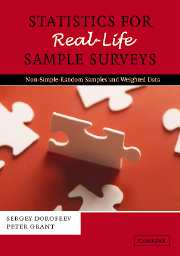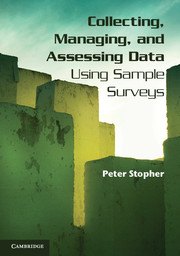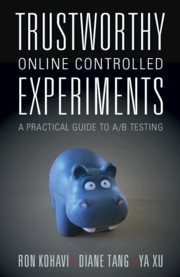Statistics for Real-Life Sample Surveys
Samples used in social and commercial surveys, especially of the general population, are usually less random (often by design) than many people using them realise. Unless it is understood, this 'non-randomness' can compromise the conclusions drawn from the data. This book introduces the challenges posed by less-than-perfect samples, giving background knowledge and practical guidance for those who have to deal with them. It explains why samples are, and sometimes should be, non-random in the first place; how to assess the degree of non-randomness; when correction by weighting is appropriate and how to apply it; and how the statistical treatment of these samples must be adapted. Extended data examples show the techniques at work. This is a book for practising researchers. It is a reference for the methods and formulae needed to deal with commonly encountered situations and, above all, a source of realistic and implementable solutions.
- The only practical book to explain the uses, techniques and consequences of weighting survey data
- Bridges the gap between the ideal survey samples assumed at university and the more complex, less perfect survey samples encountered in real life
- Written by two practising market researchers who together have over 40 years of experience commissioning and supplying survey research
Product details
July 2006Paperback
9780521674652
276 pages
247 × 174 × 18 mm
0.562kg
10 b/w illus. 20 tables
Available
Table of Contents
- Preface
- 1. Sampling methods
- 2. Weighting
- 3. Statistical effects
- 4. Significance testing
- 5. Measuring relationships
- Appendices
- Bibliography
- Index.





